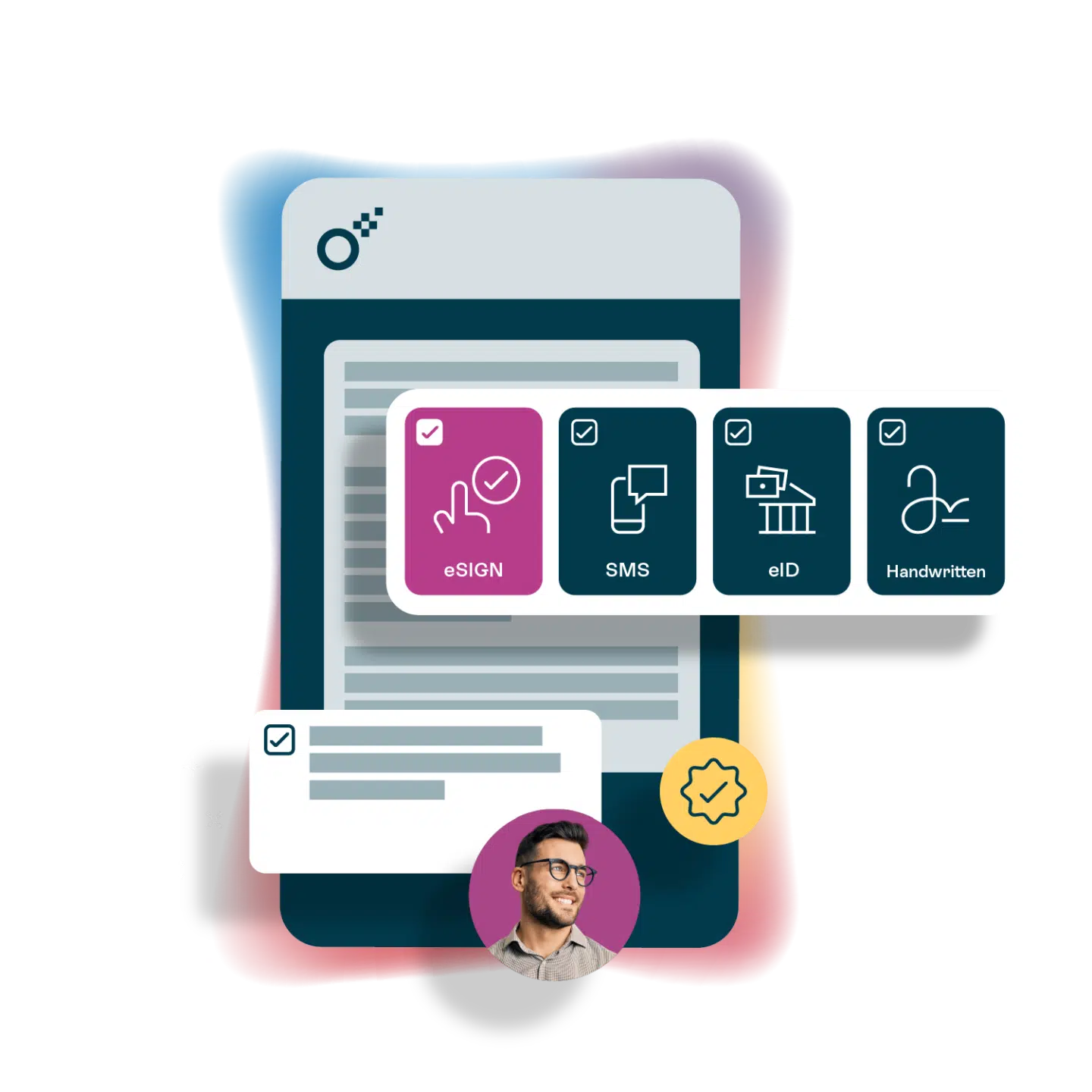There’s the age-old saying that the best time to do something was yesterday. The next best time is today. The same can be said for taking your business digital. There really is no time like the present. But if you want to keep up with the Jonsson’s, you’ve gotta be up to speed with the latest digital transformation trends. They’ll continue to change, adapt and upgrade themselves as time goes on and the future of work is forged, but if you wanna go digital, you’ve gotta start somewhere, right?
News, trends, time, and life, in general, seem to be moving at the speed of light these days. 2022 is three months away. How did that happen? Despite time moving drastically slow since January 2020, technology has done the complete opposite. With that in mind, it’s becoming harder and harder to stay on top of things. Especially the hottest and latest developments in the digital transformation sphere.
So since we’re in the waning days of 2021, let’s take a look at some of the digital transformation trends that are going to carry us into 2022:
Cyber security
Having a safe and secure digital environment is of utmost importance regardless of what industry your business is in. Cyber security is absolutely crucial and we’re seeing a rise in cybercrimes where businesses are getting hit by attackers from different corners of the globe. Institutions are getting attacked and suffering the consequences from that, a few of which are a halt in their operations, having to pay a large ransom, and losing credibility in the eye of the public and consumer confidence.
To counteract the loss of trust of their consumers, companies should and will continue to focus on shoring up their digital security. This can take the form of hiring cyber security experts and consultants to deal with ongoing and prevent threats. Also improving employee training and education on common tactics and strategies that hackers use to gain access to their systems.
Customer Data Platforms
Customer data platforms are a one-stop-shop platform that contains all of the data from your customers and places them together in a single area. It’s a tool that is used by marketing, sales, and customer service departments to structure all of the data they collect and format detailed customer profiles. They take every little bit of data from all of your channels, networks, and interactions that can then be digested, analyzed, and disseminated to report on customer insights. Data is the new oil, and with so much of it out there, having a tool to aid you in targeting and connecting with your customers is sure to help you in the long run.

Data analytics
Another digital transformation trend that’s not really new, but will see further expansion as time goes on is data analytics. There literally are tons of data out there. Using it to drive your business should be a priority, but it’s about having the right tools and people at your disposal to leverage it properly. Plus with the plethora of data out there, it’s hard to sort through the noise and find the true value. This is why taking large troves of data, analyzing it for insights or anything advantageous will continue to trend. It’s one of the most useful aspects of a digital transformation that leaves a lasting impact.
Connected Clouds – Hybrid cloud infrastructure
A hybrid cloud is having a mixed computing setup. It usually consists of a storage and services environment consisting of on-site infrastructure, public cloud services, and a private cloud. It’s a medley of them all. An example is a physical computing center combined with a public cloud service (Amazon Web Services) and a private cloud. This setup is a bit of a best of both worlds situation. You get the benefits and cost savings of public cloud computing and using their well-connected infrastructure. But also get the control and security of running business-critical applications and information on local servers. A hybrid cloud gives you the flexibility to choose the data management needs for the platform that best suits the current need. Whether it be public, private cloud, or on-site resources.

Automation
A key component of digital transformation is automating processes and turning them from analog to digital. Or improving a process that’s already digital. So naturally, it’s a very hot digital transformation trend as well, as it’s not likely to ever go stale. The need for people will always be there for businesses, but automation can lead to productivity gains. With that newfound time, workers can focus on other important tasks that are crucial to the core function of the business as opposed to menial work.
Thanks to the nature of the pandemic, there were a few areas that saw huge leaps in becoming more automated. One of them was payment solutions, with options such as Westpay, Klarna, and others seeing more usage as the nature of commerce shifted to digital rather than physical. Same with automation of the contract process. There are lots of tools out there that can automate processes and speed up decision-making with many more to come.
Digital commerce
Online shopping has become much more prevalent due to the Covid 19 pandemic. We’re all used to buying clothes, books, and something random off of Amazon or Blocket. But now it’s been extended to more products, categories, and goods. For example, you can buy a kitchen online these days.
The traditional buyer’s journey is now a blend of the physical and the digital. You may research and “window” shop online. Look up similar products, read customer reviews and watch videos about it on youtube. Then the next time you’re out and about, you’ll go to the store and buy that jacket you placed in your online cart. Or you’ll buy it online and pick it up in the store. Regardless of the actual steps you took until the purchase was complete, a significant portion of it was done digitally. The proportion of the digital part of the buyer’s journey is sure to increase as time goes on.
Customer centricity
Due to the buyer’s journey transforming to be a lot more digital, with more digital touchpoints, it’s become a focus for companies to optimize those interactions. That means redesigning the customer journey and making it more customer-centric. So that as they progress further along the journey, they enjoy each stage and have positive experiences with the brand, company, product, etc.
It’s about putting the customer at the center and understanding their wants, their needs, their pain points, and concerns. Then position your product or service as a solution. All while guiding them to the understanding that your product will meet their expectations, solve their problems or just generally be beneficial to them in some way, shape, or form. It’s about building a positive rapport with customers and empowering your employees to make decisions that benefit the customer and the company at the same time.
It’s certainly hard to predict the future. There’s no crystal ball that we can look into to know what’s coming next. Especially when it comes to the dynamic world of digital transformation and what’s trending in that sphere. New trends will pop up, some will fade away. Transformations may start to take a different shape, but they’ll still be a major initiative undertaken by businesses everywhere.
And for our next trick…


Ask us anything about truly digital contracts
Want to know more about digital contracts or the future of contract handling? We’d love to hear from you.








